Nine years ago, eight people came together in Beijing with one purpose: To create something cool! And it took them just a bowl of millet porridge to know what they wanted to call the company. Thus, Xiaomi was created.
Little did they know they were creating one of the biggest smartphone companies in the world.
Today, Xiaomi is not just a smartphone maker. It’s a way of living. Its products can replace nearly all of your essential electronics at home, ranging from tiny smart bulbs to heavy duty washing machines and water purifiers. The Xiaomi fever is spreading ever quickly and they seem unstoppable right now. Despite its solid footing in the smartphone industry, Xiaomi had its fair share of struggles and downfalls. And the company has shown us that it’s here to stay by surviving all those tough times. In fact, the company’s turnaround story is so good that people often refer to it as the ‘Chinese Pheonix’!
From making smartphones that borrowed its design from competitors to leading the industry in multiple facets, Xiaomi has carved out a niche of its own in this highly competitive market. To be honest, the smartphone industry wouldn’t have been the same without Xiaomi.
So, it’s only fitting to see some of the biggest milestones by the company on its ninth birthday. So, hop on to this Xiaomi story where you’ll get some interesting facts and figures of the company.
1How It All Began!
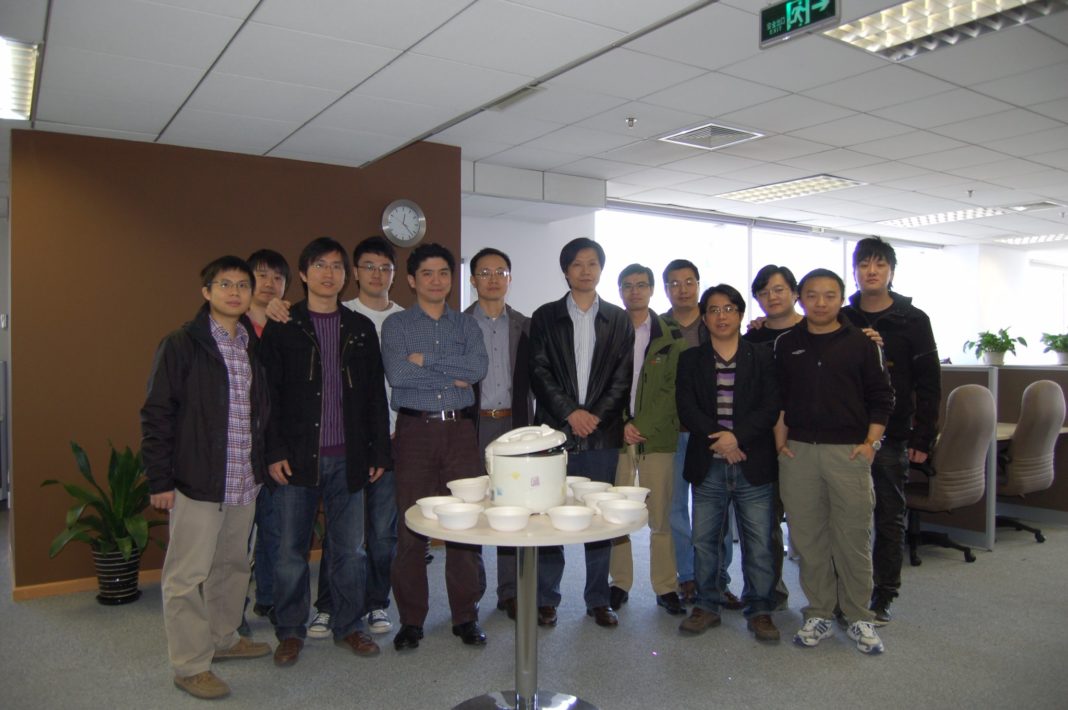
Xiaomi is headquartered in Beijing, China and started its journey with eight co-founders and fourteen employees on April 6, 2010.
Xiaomi’s logo is abbreviated as Mi and stands for ‘Mobile Internet’. Mi has other meanings as well, which include ‘Mission Impossible’ which represents the various challenges the company had to overcome in its initial years.
The Chinese word for Xiaomi is ‘小米’ which means ‘Millet’. When one of the co-founder’s father cooked millet porridge for the entire team, the company decided to go with this name since it represents affordability and nutrition.
Fun Fact: Xiaomi’s founder, Lei Jun adds “When I went to the trademark registration, someone asked me whether we are an innovative agricultural technology company,”.
Lei Jun and Lin Bin, the two founders of Xiaomi were already good friends before starting off their new idea. Lin Bin met Lei Jun around early 2009 when Google decided to partner with UC Browser. Back then, Lin Bin was at Google heading the company’s mobile products and business developments in China. Lei Jun was the Chairman of UC Web, and it was only natural that they became good friends.
2Xiaomi Founders

Xiaomi started its operations with eight co-founders. They were all in their 30s or 40s, which was above the average age for startup co-founders in China at that time. Nevertheless, they brought in years of rich experience to the company.
- Lei Jun (ex-Kingsoft) [Nick: Lei Zong] — Currently the CEO of Xiaomi
- Lin bin (ex-Googler) [Nick: Bin Zong] — Currently the President of Xiaomi, heads Mobile department
- Li Wanqiang (ex-Kingsoft) [Nick: Alee] — Heads Xiaomi’s e-commerce teams
- Kong-Kat Wong (ex-Microsoft) [Nick: KK] — Leads Mi Wi-Fi and Mi Cloud teams
- Wang Chuan [Nick: Chuan Sir] — Currently President of Xiaomi China, headed Xiaomi’s Smart TV business
- Hong Feng (ex-Googler) — Heads Xiaomi’s MIUI division
- Guangping Zhou (ex-Motorola) — Heads Xiaomi’s Hardware and BSP teams
- Liu De [Nick: Brother De] — Heads Xiaomi’s Industrial Design and Ecosystem Development Teams
3Xiaomi Employees
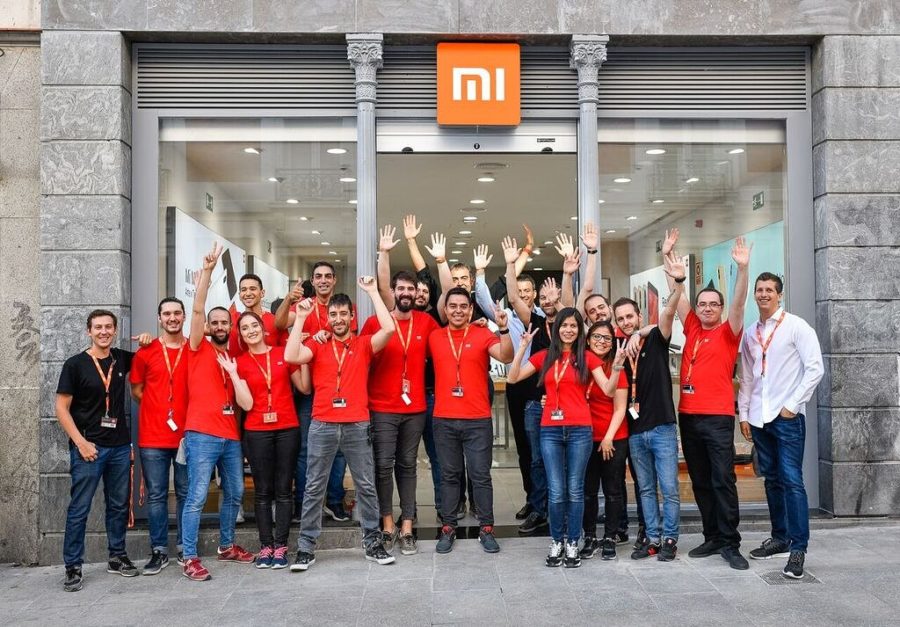
Xiaomi started off with just 14 employees.
Right now, the company has over 18,000 employees spread throughout China, India, and other countries.
While Lei Jun and Lin Bin retain over 40% of shares in Xiaomi, there are 7000+ employees in the company with its shares or options. This was because Xiaomi’s executives offered share options to its employees right from the start. In fact, at the time of Xiaomi’s IPO, it was said that around 56 early employees of the company were all set to become millionaires.
When word spread back in 2010 that Lei Jun and his co-founders were racking up their own money for a venture financing round, there were employees like Li Weixing and others who wanted to join them. Lei Jun had hinted in an interview conducted in March that they had to let everyone in since they can’t let only Weixing invest. The investments from the rank-and-file were capped at about 300,000 yuan each to limit risk and stop employees from taking out loans to invest. The employee who even took out her dowry of around 100,000 to 200,000 yuan ($16,000 to $31,000) was simply identified as employee No. 14, a receptionist now working in Xiaomi’s human resources office.
Today, many of them are millionaires.
4Xiaomi’s Smartphone Journey: A Solid Start
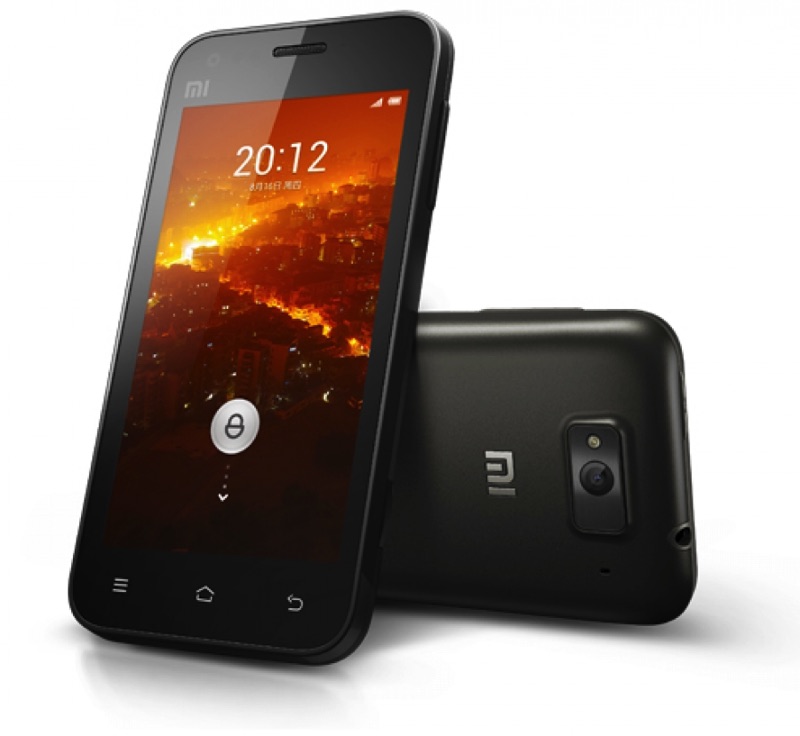
2010
- The first version of the company’s Android UI called MIUI was announced in China
2011
- Xiaomi’s first smartphone, Mi 1 announced on August 16. The phone was the first phone with a 1.5GHz dual-core processor and went on sale in October in an online-only sales model. The price tag was just 1999 Yuan ($300).
2012
- Xiaomi announces the Mi 2 featuring Snapdragon S4 Pro APQ8064. The phone is quite popular in China.
- This helps Xiaomi sell over 7.19 million smartphones in the year.
2013
- Xiaomi announces the Xiaomi Mi 3 in two versions, one with SD800 and another one with NVIDIA’s Tegra 4. This phone becomes the company’s flagship model in the international markets next year.
- In the same year, Xiaomi announces its first phone under a new lineup, Redmi, focused on the budget segment. The first model in the lineup is the Redmi 1. It was announced in July 2013 and came with MediaTek’s MT6589T processor and 1GB of RAM. It’s a hit among budget users.
- The surge in Xiaomi fanbase helps the company sell over 18.3 million smartphones in the year, which was more than 50% YoY growth.
2014
- This was the year when Xiaomi decided to let loose and reach out to other markets outside of China.
- The first international stop was Singapore, followed by countries like Malaysia and the Philippines.
- The same year, Xiaomi started its operations in India with the Xiaomi Mi 3 flagship.
- In light of its international expansion, the company decided to give its online operations a global reach by purchasing the Mi.com domain for a staggering $3.6 million. This was the most expensive domain purchase in China in its time.
- In the same year, the Redmi 1 model got a larger sibling, called the Redmi Note.
- In terms of smartphone shipments, Xiaomi came into the big league, shipping over 61.12 million units in 2014.
5Xiaomi’s Smartphone Journey: Trying Times
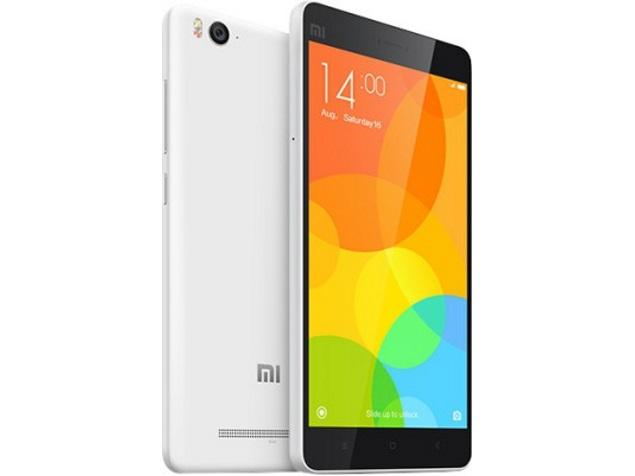
2015
- Xiaomi’s international expansion continued and it entered new markets like Brazil.
- The company decides to prioritize its operations in India. In this regard, Xiaomi announced Xiaomi Mi 4i, its first smartphone tailored for the Indian market. The phone first launched in India before any other country including China.
- The company continues its aggressive online-only model. However, it fails to achieve its 100M smartphone target and accepts that it grew too quickly. Xiaomi didn’t reveal an exact sales figure at that time, but it was said to be only around 70 million units, falling way short of its initial target for the year.
2016
- The struggle continues, with Xiaomi ceasing its operations in Brazil.
- However, there were a bunch of new announcements like the Xiaomi Mi Max series and the Xiaomi Redmi Note 3 model. The latter would turn out to be one of the best selling smartphones in India.
- Xiaomi targets the EU market bagging its first official distributor, ABC Data.
- In November that year, Xiaomi announced a smartphone that changed the way we perceive the brand. The Mi Mix series was announced with a revolutionary tri-bezel-less design and a very high screen to body ratio. The company managed to beat the big players to release something unique and beautiful in the industry. In some sense, we can say that the Mi Mix series paved the design for the smartphones that we see today!
- But overall, 2016 was a bad year for Xiaomi. Company’s online-only sales model was no longer effective and competitors like OPPO and Vivo, driven by its solid offline sales strategy, was eating up Xiaomi’s sales. By the end of the year, Xiaomi could only sell around 53 million units. A huge decline over last year and definitely falling short of the company’s big goals.
6Xiaomi’s Smartphone Journey: China’s Pheonix!
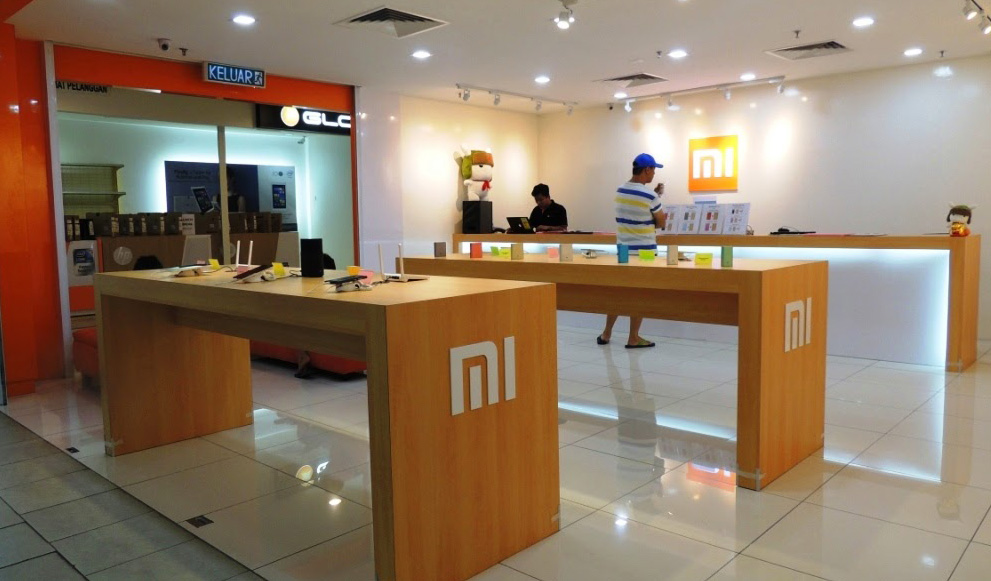
2017
- This year defined Xiaomi. After two years of declining sales, some people started to write off Xiaomi as any other startup that shows promise but fails to deliver in the long run.
- However, the company turned things around drastically! And the way they did it forced people to take notice. By the end of 2017, Xiaomi has shipped over 92 million smartphones, which was an unprecedented growth figure in the industry!
- Xiaomi first revamped its offline policy. CEO Lei Jun announced the company’s newfound love for retail and vowed to open 200 Mi stores in China by the end of the year.
- Despite struggling in its home country, Xiaomi was exceptionally successful in India in the previous two years. It managed to overtake Samsung to become the number one smartphone company in India in 2017.
- It opened its first Mi Store in Bengaluru, India in the same year. At the same time, Xiaomi renews its focus in India with a target of opening 100 Mi Stores throughout the country in the next two years.
- In the same year, Xiaomi offers something unique to its Mi fans. The first Android One smartphone, the Mi A1 is announced. It runs on stock Android instead of the company’s MIUI platform.
2018
- Xiaomi strengthens its hold in Europe with Three partnership. This opens up its entry into the UK.
- The company also announces the Mi Mix 2S flagship. This is the first ever Xiaomi smartphone to have a really good camera, changing the perception that the company couldn’t excel in the camera department. With a DxOMark score of 97, Xiaomi had finally entered the big leagues of flagship camera performers.
- Xiaomi announces it will forever limit its net profit margin after tax for the entire hardware business to 5%.
- In the same year, Xiaomi gets listed on the Hong Kong stock exchange at HK$17, thereby raising $4.2 billion. With that pricing, the company is valued at $54 billion.
- Xiaomi’s turnaround strategy further fuels its growth in 2018. It shipped over 100 million smartphones by November 2018. By the end of the year, the total shipments figure reach 122 million!
2019
- In January 2019, Xiaomi decides to split its popular Redmi brand from the flagship Mi brand. Also, Redmi gets a new head, Lu Weibing, who was the former President of Gionee.
- The company also decides to offer 18 months of warranty for its newly launched Redmi Note 7 series smartphones. It further announces its intention to set the 18 months warranty trend in the industry.
- Xiaomi Mi Mix 3 5G also makes its debut at MWC 2019, joining the likes of Samsung Galaxy S10 5G and other big players with this new generation wireless standard.
- Xiaomi proves it means business in the smartphone industry by upgrading the camera on its Mi 9 flagship. The phone bags a DxOMark score of 107, making it one of the top 5 smartphone cameras in the industry.
7Xiaomi’s 9 Year Journey In Figures
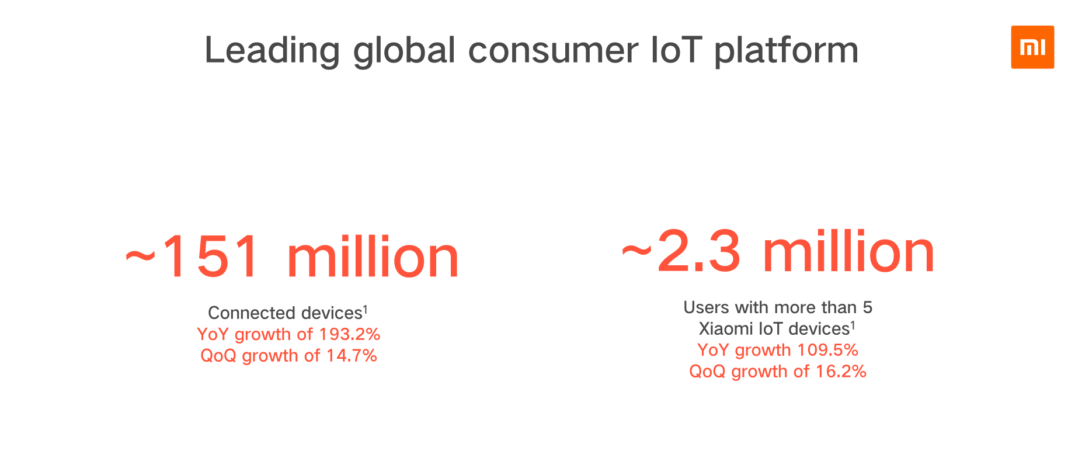
- Xiaomi has over 242.1 million MIUI users
- Xiaomi has over 151 million IoT devices with over 2.3 million users with more than 5 Xiaomi branded IoT devices.
- Xiaomi is the No.1 Smart TV Brand in Mainland China.
- The company sells its products in over 70 countries. It one of the top 5 smartphone makers in 16 markets.
- There will be over 2000 Mi Home stores worldwide by 2019.
- The company has applied for over 24,000 patents worldwide. Out of them, 5920 patents have been granted yet.
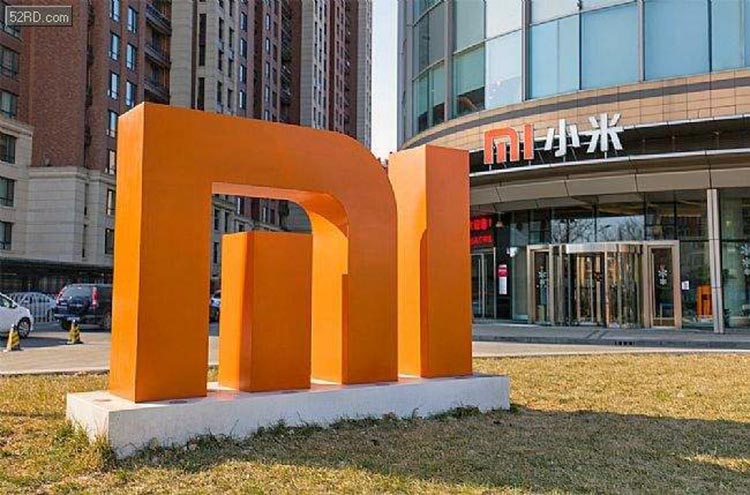
As compared to some of the big players out there, Xiaomi’s journey is quite short. However, what the company has managed to do in these short 9 years says a lot about the way it works.
For example, Xiaomi exceeded its revenue goal of RMB 100 billion in just over 7 years! For the same target, Apple took 20 years, Facebook 12 years, Google nine years, Alibaba 17 years, Tencent 17 years, and Huawei 21 years!
After its Hong Kong IPO, the company is going strong with its strategy of product diversification. Hence, it isn’t really surprising to see that the company released over 44 non-smartphone products since January 2019!
So, on its 9th birthday, we wish Xiaomi all the success in the coming years. We hope it continues to offer great products and features at an affordable price tag, leading the way for all other companies out there!









